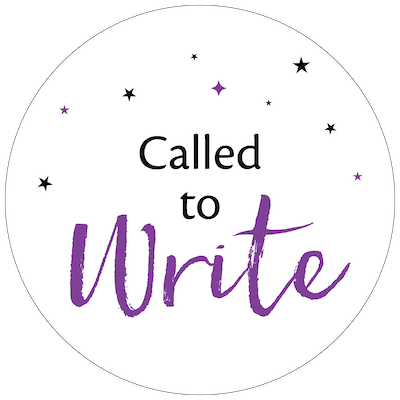Here at Called to Write, we’re rereading Steven Pressfield’s The War of Art.
I’ve read it at least five times already. And referred to it many times in between.
This month, as part of starting off the new year, I invited my Called to Write members to read (or reread) The War of Art with me. We’ll have an online book club discussion about it next week where I’m sure we’ll learn even more about this brilliant book as we discuss it together.
Here’s why I made this pick.
The War of Art is a Bible for Writing
The War of Art has been like a bible for me since I first read it. It was the first time I understood that I wasn’t struggling to write because I was lazy, or “a procrastinator” by nature, unoriginal, or lacking ideas. When I read it, a lightning bolt of understanding flashed through me. I was afraid. I was afraid I would fail, that I would succeed, that I wouldn’t do my ideas justice. Resistance was what was paralyzing me.
It was then I began to understand what it meant to face the fear and work anyway, and to help other writers do the same.
We Sometimes Need Help Finding Our Way
2018 was a hard year for many of us. It was rough personally, socially, politically, and more.
In my own life, 2018 was borderline apocalyptic. Between losing my father early in the year, several temporary-but-limiting-and-impacting health issues, wretched tech problems with the (old) writing program I was running, the terrible air quality and fires on the west coast over the summer and deep into November, and the political and cultural climate we’re living in right now, not to mention the day-to-day regular stuff of taking care of a family and running a business… well, like I said, it was rough. And between dealing with grief and all the other ruckus, my writing took a bit of a hit. I was writing, but not the way I wanted to be and resistance was high as the year drew to a close.
When life gets rocky, I focus on getting back on track as quickly as possible.
The War of Art felt like the perfect way of clarifying and reorienting, for all of us.
We Do Better, Together
While I knew reading The War of Art alone would be fruitful, I also know there is power in reading and learning together.
I also know it can give us a common language to communicate about our writing challenges, much as we were able to do after reading Finish by Jon Acuff last year.
I also sense, in the midst of this globally challenging time, that collectively strengthening our resolve, grit, resilience, sovereignty, and drive will help us better support each other to stay on track with what we were put here to do.
Your Turn
Have you read The War of Art?
How has it changed your perspective on your writing?
I’d love to read your thoughts in the comments below.
![]()
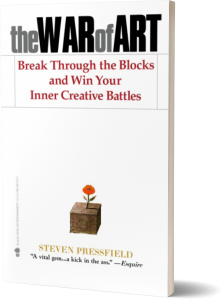 Do you have a copy of The War of Art?
Do you have a copy of The War of Art?
If you’re in the U.S., join my mailing list and we’ll send you one! You’ll receive instructions about how to request your book when you sign up. We also have copies of Pressfield’s book The Knowledge to share, though we’re asking you to pick one, not both. :) Many thanks to Steven and Callie Oettinger at Black Irish Books for creating this opportunity for us to share these books with you.
You May Also Like:


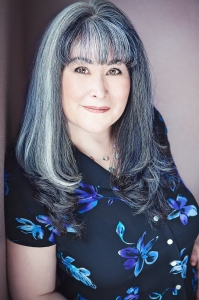
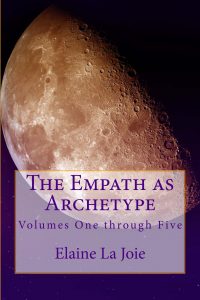
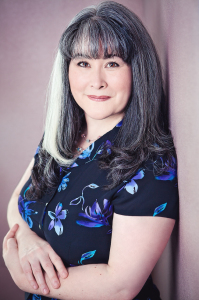 Elaine La Joie, shaman and certified life coach, has worked with empaths and highly sensitive intuitives for more than ten years. During that time she has helped empaths understand themselves and their relationships while using shamanic energy healing to resolve past traumas, including severe abuse. These books offer empaths insight into their relationship and into the hidden motivations of themselves and others so that they can understand their loved ones and create the lives they truly desire.
Elaine La Joie, shaman and certified life coach, has worked with empaths and highly sensitive intuitives for more than ten years. During that time she has helped empaths understand themselves and their relationships while using shamanic energy healing to resolve past traumas, including severe abuse. These books offer empaths insight into their relationship and into the hidden motivations of themselves and others so that they can understand their loved ones and create the lives they truly desire.
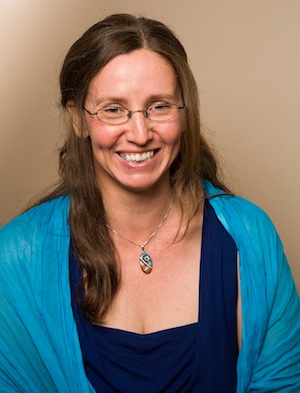 Writing my first ever book, a non-fiction handbook for my profession of equine facilitated practice, was one of the hardest and most challenging things I have ever done. I had no idea just what exactly was involved in creating and structuring an entire book. Having written articles and blog posts for many years now I found writing a book to be a whole different ballgame.
Writing my first ever book, a non-fiction handbook for my profession of equine facilitated practice, was one of the hardest and most challenging things I have ever done. I had no idea just what exactly was involved in creating and structuring an entire book. Having written articles and blog posts for many years now I found writing a book to be a whole different ballgame.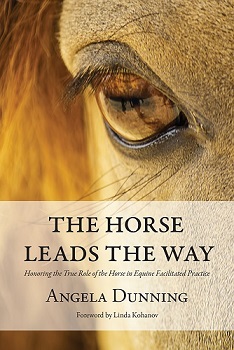


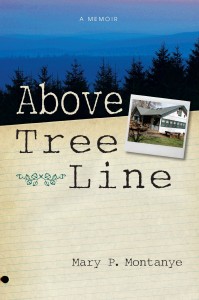 From Amazon.com: “The traumas and losses of childhood are often buried. The child grows up appearing normal, unscathed and perhaps even successful. But often what is buried comes back to attack at the very moment when life is reaching its pinnacle. This is the story of one woman’s spiral downward into physical and mental breakdown and her return to wholeness by courageously, and some would say recklessly, following her intuition. Ms. Montanye’s intuition leads her to a tiny town in a Colorado canyon alongside the wild and scenic Cache La Poudre River. There, she immerses herself in the grandeur and beauty of the surrounding mountains. When her journey begins, no one involved can know that it will lead to such a powerful and bittersweet end: an end that includes healing for herself, her marriage and for the difficult relationship she endured with her mother.”
From Amazon.com: “The traumas and losses of childhood are often buried. The child grows up appearing normal, unscathed and perhaps even successful. But often what is buried comes back to attack at the very moment when life is reaching its pinnacle. This is the story of one woman’s spiral downward into physical and mental breakdown and her return to wholeness by courageously, and some would say recklessly, following her intuition. Ms. Montanye’s intuition leads her to a tiny town in a Colorado canyon alongside the wild and scenic Cache La Poudre River. There, she immerses herself in the grandeur and beauty of the surrounding mountains. When her journey begins, no one involved can know that it will lead to such a powerful and bittersweet end: an end that includes healing for herself, her marriage and for the difficult relationship she endured with her mother.”

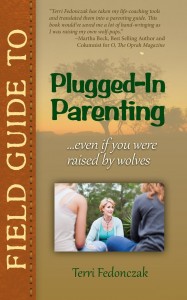 The Washington Post endorsed The Field Guide to Plugged-In Parenting… Even If You Were Raised by Wolves in their
The Washington Post endorsed The Field Guide to Plugged-In Parenting… Even If You Were Raised by Wolves in their 
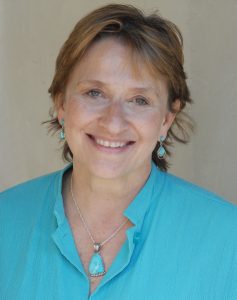 I chose the historical figure of Baby Doe Tabor as the main character of my first novel thinking her fascinating, event-filled, roller coaster life provided its own ready-made plot. I’d been writing stories and knew that my strength was language, not narrative structure. I’d even spent time in two radically different writing groups—one focused on literary fiction (heavy on characterization and language) and one focused on more plot-oriented genre fiction. I, rather arrogantly it turns out, preferred the literary focus. I was definitely a pantser rather than a plotter.
I chose the historical figure of Baby Doe Tabor as the main character of my first novel thinking her fascinating, event-filled, roller coaster life provided its own ready-made plot. I’d been writing stories and knew that my strength was language, not narrative structure. I’d even spent time in two radically different writing groups—one focused on literary fiction (heavy on characterization and language) and one focused on more plot-oriented genre fiction. I, rather arrogantly it turns out, preferred the literary focus. I was definitely a pantser rather than a plotter.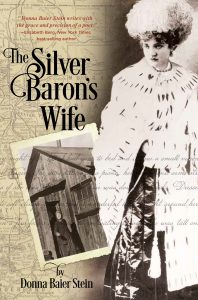 Kirkus Reviews called the The Silver Baron’s Wife “an artistic, sympathetic imagining of the life of a 19th-century woman who made headlines for all the wrong reasons.” Foreword Reviews gave it five stars and said, “A unique portrait of a time and place populated by fearless people, this reimagination of an uncommon woman is powerful.”
Kirkus Reviews called the The Silver Baron’s Wife “an artistic, sympathetic imagining of the life of a 19th-century woman who made headlines for all the wrong reasons.” Foreword Reviews gave it five stars and said, “A unique portrait of a time and place populated by fearless people, this reimagination of an uncommon woman is powerful.”